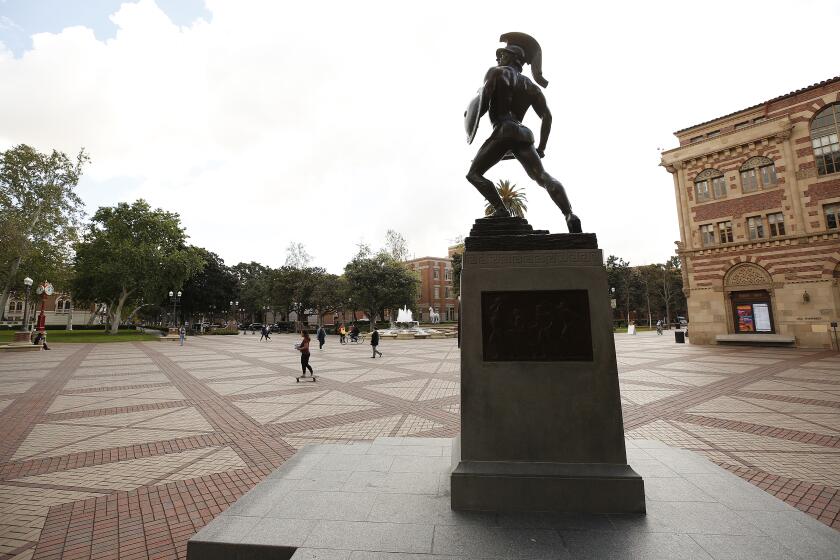Its an anti-corporatist life
Every holiday season my brother and I argue the merits of Frank Capra’s “It’s a Wonderful Life,” never resolving the conflict, just joyously engaging in sibling rivalry under the guise of cultural debate. As Annie Korzen’s Op-Ed shows, though, the argument continues outside of my family.
My brother contends that Capra’s famed film is just one more piece of propaganda for The Man an effort to convince us underlings that we should be happy to live our small lives, accepting our faulty roofs and broken newel posts and lending support to the world’s few Big People as they run from multimillion-dollar deal to A-list party. Quite appropriately, my brother references Frederick Nietzsche, arguing that our Capra-corn culture intentionally turns Ubermen into ruminate beasts, teaching us to avoid greatness and embrace our own martyrdom. Bourgeois mystification, as Karl Marx noted, is what makes the George Baileys of the world submit to middle-class necessity.
And in its celluloid simplicity, the film presents a false dichotomy. Why couldn’t Bailey have saved his brother from drowning, reminded the ill-tempered pharmacist that he was taking medicine from the wrong jar, and then gone off to Paris or designed skyscrapers? As Korzen reminds us, Bailey shouldn’t have had to choose.
But I say we’re misreading Capra. His film is not about the superior values of the humble, untraveled life. “It’s a Wonderful Life” attacks globalism and big capital. George Bailey stays in Bedford Falls because he can’t bear to see cranky Old Man Potter take over the family savings and loan office, or see his neighbors’ homes cannibalized by Potter’s bank. It’s not small-town, provincial values that keep Bailey down on the farm. Rather, he realizes with sophisticated insight that it’s not right for one man to control a city and that workers deserve to live with dignity. Bailey supports an economy wherein people who have jobs in one area are actually able to own homes there. This is a radical concept for anyone who lives in Southern California today.
Take what you need, Bailey urges a neighbor during the bank run, not what you can get or what you think you deserve. Korzen may see Capra’s film as just one more effort to make her stay home, but she’s missing the point. The film is about resistance. Bailey resists the interests of big banking. He owns a fabulous if run-down Victorian instead of buying into a cookie-cutter tract home. He opts for love, instead of a job on Wall Street. And when Bailey considers the merits of his life, it’s daughter Zuzu’s petals he recalls, and not some easy cliche. Bailey reminds us that it takes a village, not because village values are better, but because a life founded on individualism and trickle-down values is finally banal and ineffective. “Hee-haw,” repeats Bailey’s silly, rich friend Sam Wainright, using his hands to make donkey ears while he makes deals. For all his worldliness he lacks the acumen to save the town. He cannot discern the potential failure of the economic system.
Bailey-free Bedford Falls is just an extension of its sad bar. The previously jovial space, without Bailey’s influence, is dark, homophobic and filled with angry, fascistic men. Suicidal though he may be, Bailey asserts himself against the tyrannical pressures that seek to turn the community into a sterile, fearful solitary place.
This season, I need “It’s A Wonderful Life” more than ever. In this era of political lies, of fear and curtailed personal freedom, of recession, foreclosures and bad loans, I will watch the film and celebrate Bailey, who stood against these things. As Bailey’s neighbors bail him out saving themselves from a bleak world in the process they recognize that to stand with Bailey is to stand with themselves.
Let’s do the same this holiday season.
Deborah Paes de Barros is an associate professor of English at Palomar College and author of “Fast Cars and Bad Girls.”
More to Read
A cure for the common opinion
Get thought-provoking perspectives with our weekly newsletter.
You may occasionally receive promotional content from the Los Angeles Times.










